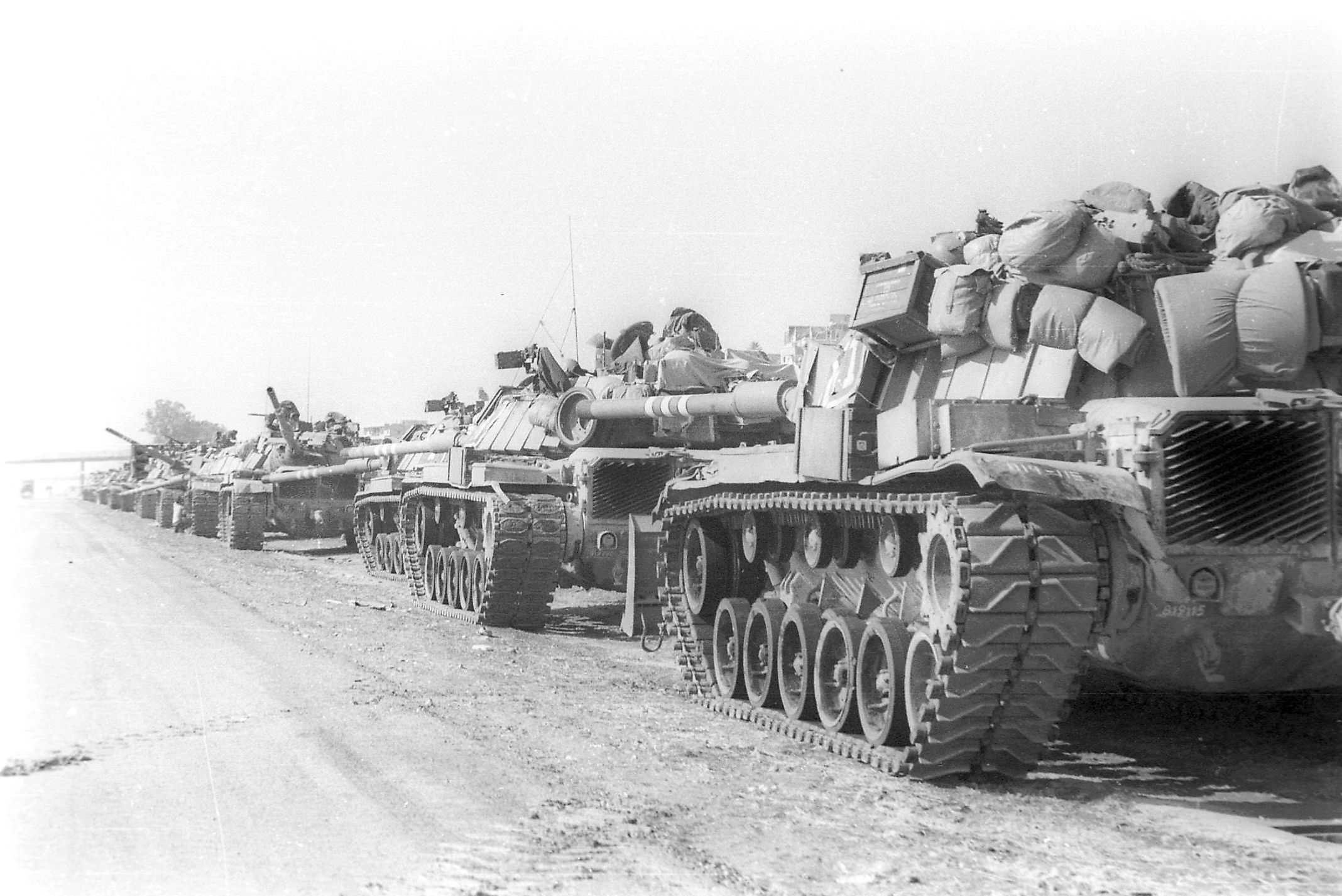
Why Did Israel Invade Lebanon in 1982?
On June 6th, 1982, Israel invaded Lebanon. After a culmination of years of tensions between Israel and the Palestinian Liberation Organization (PLO), this war was one of the most brutal in the region's history. The consequences of the conflict were also profound, with it resulting in the PLO fleeing to Tunsia and contributing to the rise of the Islamist group Hezbollah. For these reasons and more, the Israeli invasion of Lebanon is a key event in modern Middle-Eastern history.
The Israeli and Palestinian Context
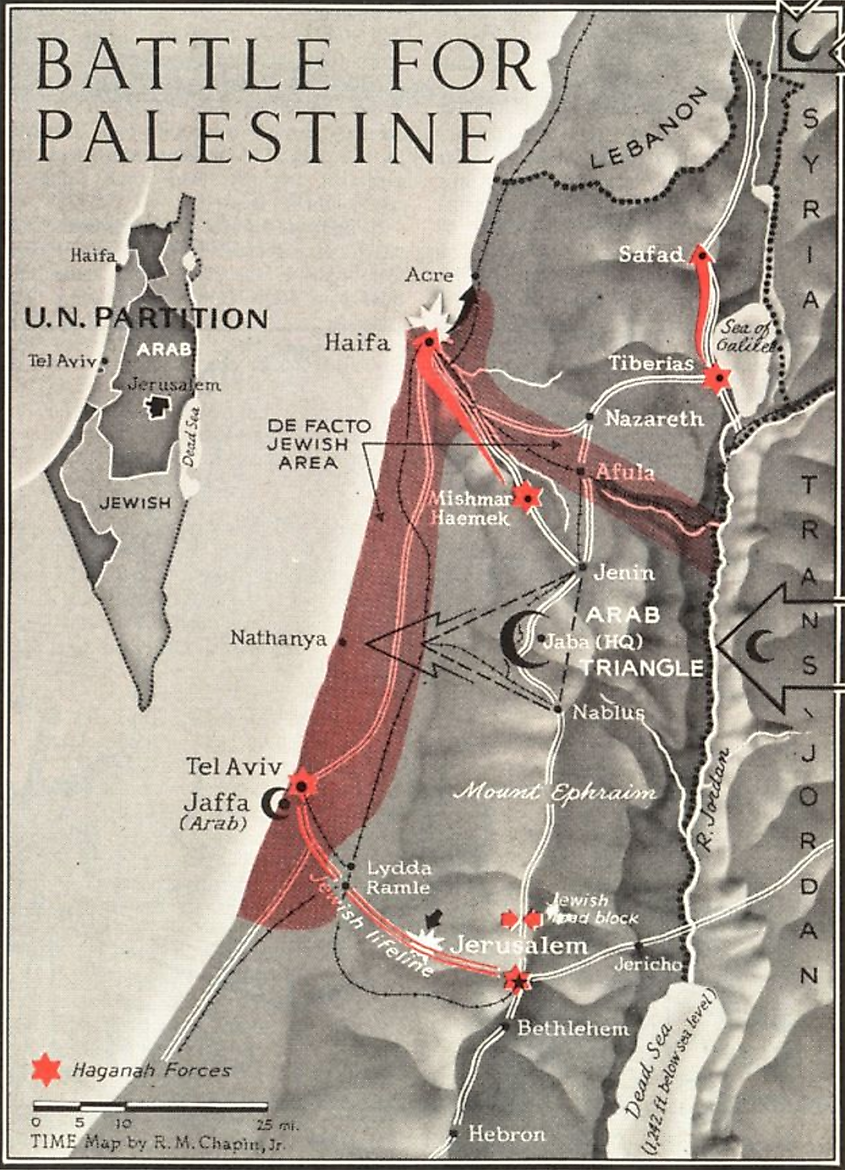
The previous decades of Israeli-Palestinian history need to be understood to comprehend the reasons for the 1982 invasion. In 1948, immediately after it declared independence, Israel was invaded by the neighboring Arab states. The subsequent war, and a civil war between the Jews and Palestinian Arabs the previous year, saw between 650,000 and 750,000 Palestinians expelled from their homes. With these refugees settling in the nearby Arab countries and these countries refusing to accept Israel's right to exist, the stage was set for an ongoing conflict.
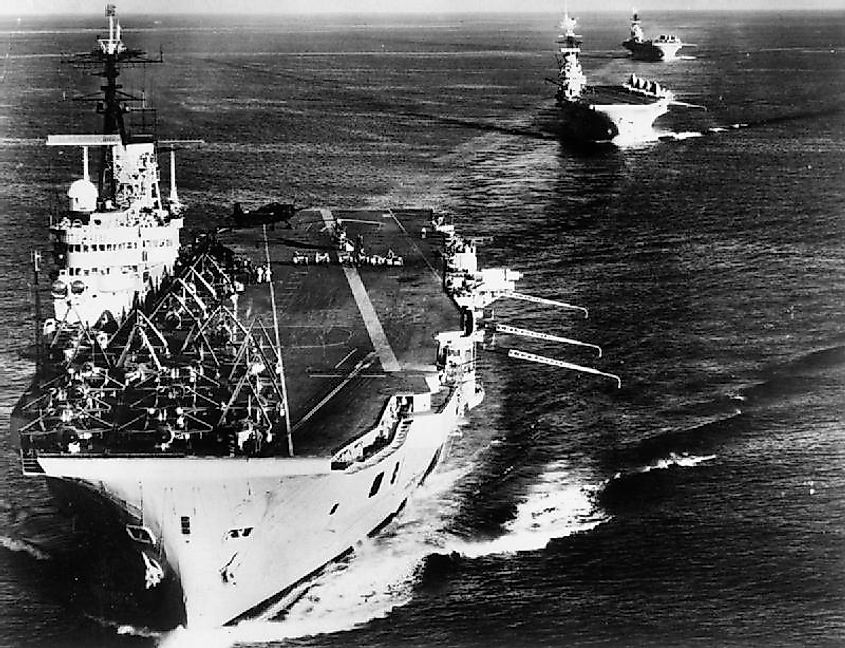
One such conflict was the 1956 Suez Crisis, which, in response to Egyptian leader Gamal Abdel Nasser nationalizing the Suez Canal, saw Israel, France, and the United Kingdom (UK) invade Egypt. Their plan to force Nasser to resign failed, and lingering tensions from the war contributed to the 1967 Arab-Israeli War, resulting in Israel capturing the Sinai Peninsula, the West Bank, and the Golan Heights. A lack of a proper peace process, hindered by Israel's refusal to give up any of the conquered territory and the Arab countries' continued refusal to recognize Israel's right to exist, led to the 1973 Arab-Israeli War. This conflict saw the invading Egyptian and Syrian armies make steady progress before eventually being beaten back by Israel. Regardless, the fact that Israel had shown weakness meant that Egypt now had leverage in peace negotiations. When paired with Jimmy Carter, who was very interested in peace in the Middle East, becoming the American President in 1977, this led to the Camp David Accords in 1978—a long-term peace deal between Egypt and Israel. While a positive development, the deal had some unintended consequences. Indeed, now that Israel no longer needed to worry about attacks from the south, it could concentrate its military efforts elsewhere.
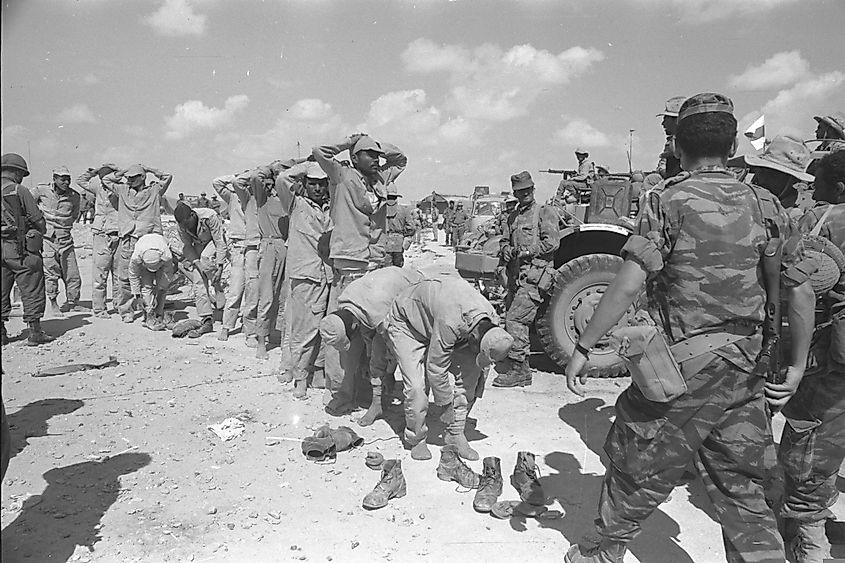
Before the 1967 War, Palestinians mainly put their political hopes and aspirations behind Nasser and his conception of Pan-Arab nationalism. However, his seeming failure in 1967 made many turn away from him and towards Palestinian nationalism. The organization that emerged as the leader of this movement was the Palestinian Liberation Organization (PLO), which established a main base of operations in the preexisting Palestinian refugee camps within Jordan. This was problematic for Jordan since it accepted these refugees under the condition that there was to be no talk of Palestinian nationalism. Thus, when the PLO began to operate independently from the Jordanian government and started blowing up airplanes, this resulted in a civil war in 1970. The war ended in defeat for the PLO, and its members were forced to flee to Lebanon.
The Lebanese Context
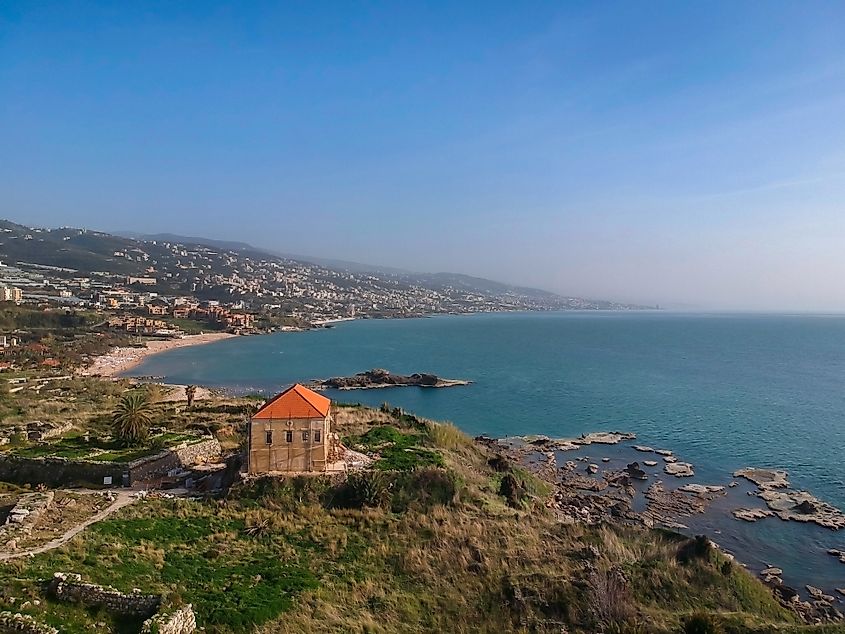
Lebanon has always had a diverse population, with its main religious groups including the Maronite Christians, Shia and Sunni Muslims, the Druze (an offshoot of Islam), and Greek Orthodox Christians. Under Ottoman rule for hundreds of years, once the Ottoman Empire collapsed after World War I, the League of Nations established Lebanon as a French mandate, a proto-state France was supposed to guide towards independence. It was instead governed as a colony, only becoming independent once France was weakened in World War II. The basis for this independence was the 1943 National Pact, which established confessionalism, a system of proportional representation that assured representation in government for all of the major religious groups.
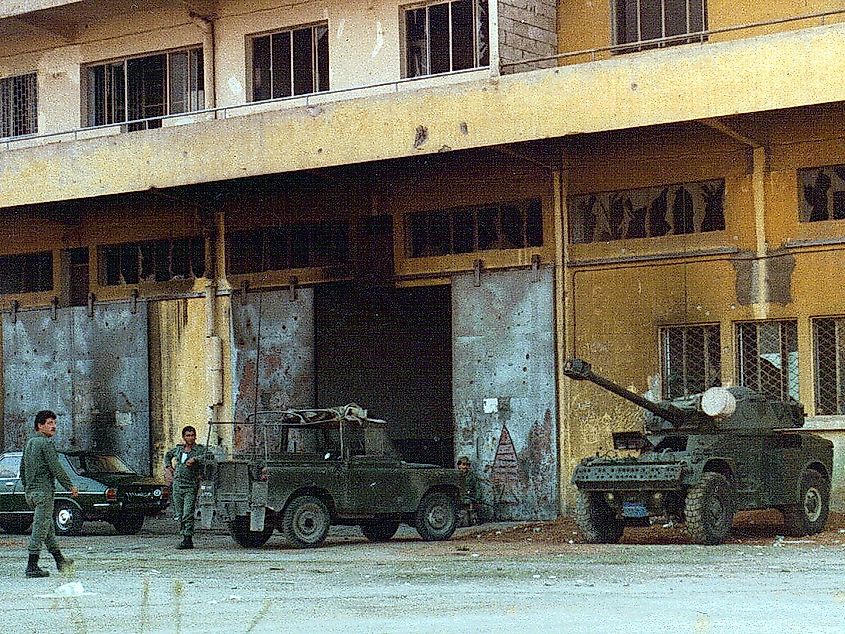
However, while the goal of confessionalism was to alleviate tensions between the different groups, it actually entrenched religious-based differences, thereby making conflict more likely. This was evidenced, among other things, by a brief civil war in 1958 between mostly Muslims and Christians. Tensions once again erupted on April 13th, 1975, when gunmen opened fire in a church and a Palestinian bus was attacked, both in East Beirut. This sparked a conflict between Maronite Christian forces and the PLO. However, a broader leftist Pan-Arab Muslim coalition quickly allied itself with the PLO. This marked the beginning of the Lebanese Civil War, and it was in this context that Israel invaded Lebanon in the early 1980s.
The Invasion
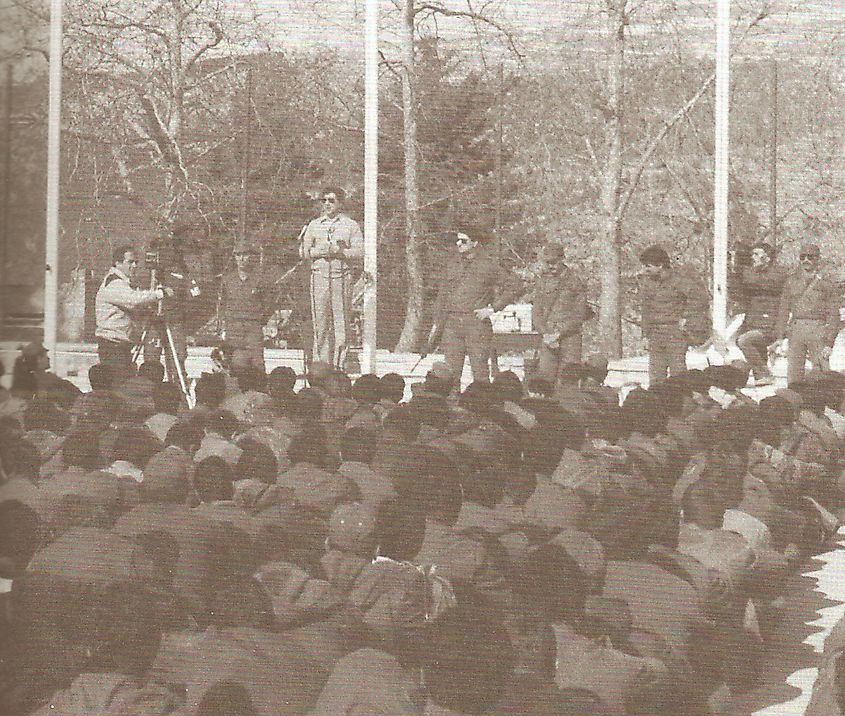
On June 6th, 1982, Israel invaded Lebanon. The immediate reasons for the invasion were as follows: now that Egypt was no longer a threat, Israel could now turn its attention to Palestinian nationalism. Moreover, the ruling Likud party in Israel struck a deal with Lebanon's Christian Kataeb Party (also known as the Phalanges). This deal stated that, after Israel helped the Phalangists win the civil war, Israel and Lebanon would then sign a peace agreement. In this context, Israel invading Lebanon to deal with the PLO seemed appealing to all parties.
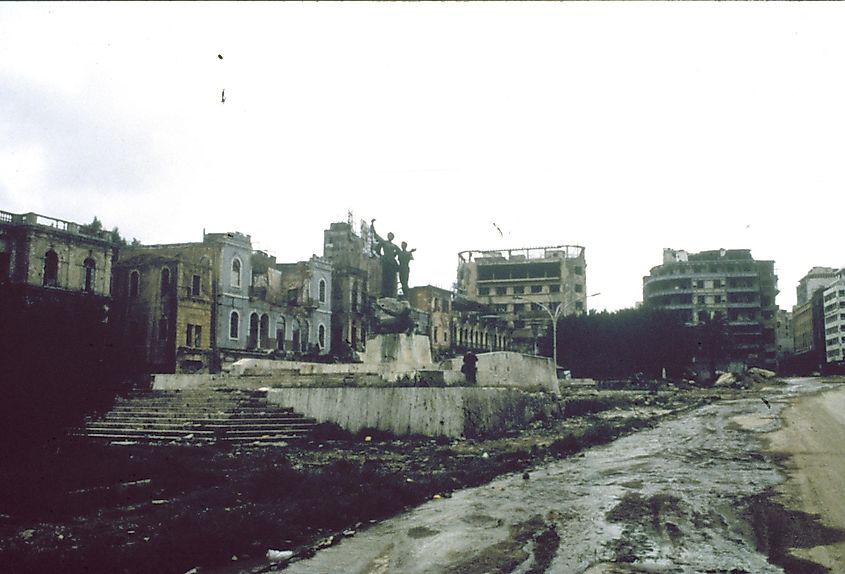
The initial plan was for Israel to make a small incursion into Southern Lebanon, the PLO's stronghold. However, it quickly became clear that the Israel Defence Force (IDF) was prepared to go all the way to Beirut. It quickly surrounded the city and began a brutal bombardment campaign. Lasting from June 14th to August 21st, 1982, the exact death toll of the Siege of Beirut is unknown, but it is estimated that between 4,000 and 5,000 Lebanese civilians were killed.
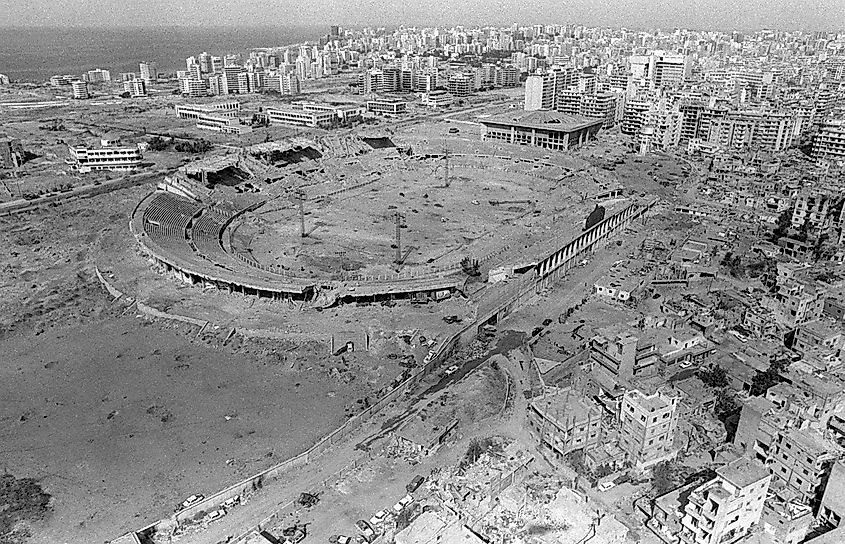
A temporary peace agreement was eventually reached, allowing 14,000 PLO members to flee Lebanon in August and September. Regardless, violence continued. Perhaps the most infamous incident was the Sabra and Shatila massacre from September 16th to 18th, 1982, in which 1,500 to 3,500 people, most of whom were Lebanese Shias and non-PLO Palestinians, were killed in West Beirut by Christian forces supported by the IDF. Israel continued to fight in Lebanon for the next few years, with the IDF officially pulling out in 1985, although hostilities continued in some form for the next two decades.
The Aftermath
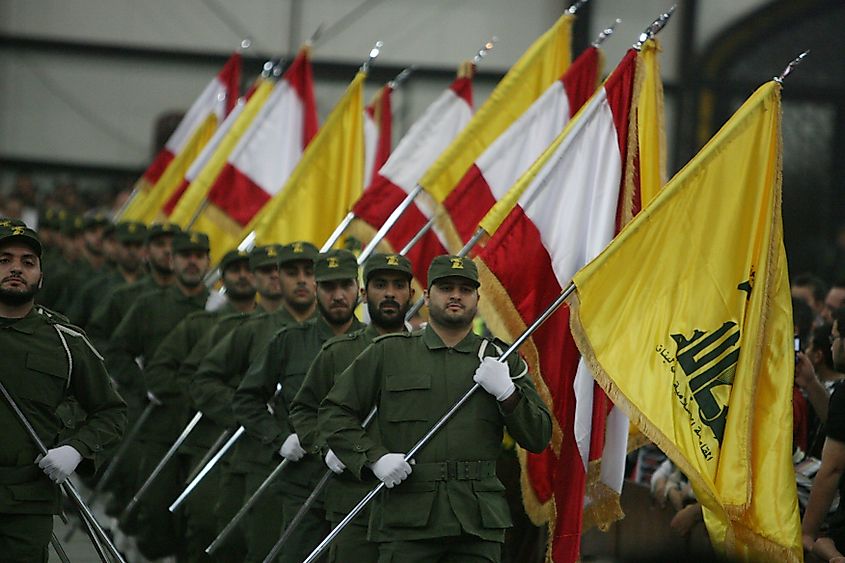
The Israeli invasion of Lebanon resulted in the relocation of the PLO to Tunis, the capital of Tunisia. Thousands of kilometers away from their homeland, the PLO's influence in Palestinian politics was now in question. As for Lebanon, the leader of the Phalangists and President-elect Bachir Pierre Gemayel was assassinated on September 14th, 1982, ending hopes of a peace deal with Israel.
Regarding Israel itself, major leaders involved in the Sabra and Shatila massacre resigned, including Defence Minister Ariel Sharon and Prime Minister Menachem Begin. Israel also established a "security zone" in Southern Lebanon, a 900-square-kilometer stretch of land with a population of about 180,000. The predominantly Shia population resented this occupation, and in this context, Hezbollah, the Shia Islamist political party, emerged as a prominent anti-Israel voice in the region.
Final Thoughts
The Israeli invasion of Lebanon had major ramifications. Occurring in the context of the Lebanese Civil War, the goal of eliminating the PLO spiraled into a military campaign filled with atrocities. Moreover, while the PLO was forced to flee to Tunisia, the continued occupation of Southern Lebanon had the unintended consequence of fostering an environment where Islamist groups like Hezbollah could emerge.











